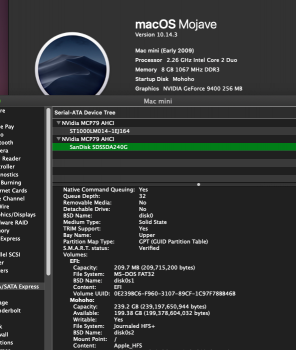Yep, that's actually a known hardware issue with that system. To repair it, you'll need to replace a capacitor on the GPU framebuffer power rail (C6950), and that will get the machine running without issue. The reason this happens when using the Photos app is because the Photos app makes the machine switch to its dedicated GPU. I've made a video of that repair on my YouTube channel:
jeeeeez thanks for that info. this isn't my main machine so it may not be a dealbreaker at this point. thanks so much for the info!
is this due to hardware/software compatibility or is this due to something physically wrong with my MBP?
If battery life is not of a concern, any way to prevent this from switching to the dedicated video card as a temp fix? And so this basically is a true hardware issue that would occur even if I revert the MBP to normal macOS software?
EDIT: I did some research in a huge thread dedicated to this issue. before I decide to do the capacitor replacement, I decided to give gfxCardStatus app a try. I found that by manually forcing to integrated graphics prior to opening the photos app, allows the app to be used and doesn't cause a kernel panic. once I close photos app, the computer switches itself back to the dedicated card without issue.
Last edited:




